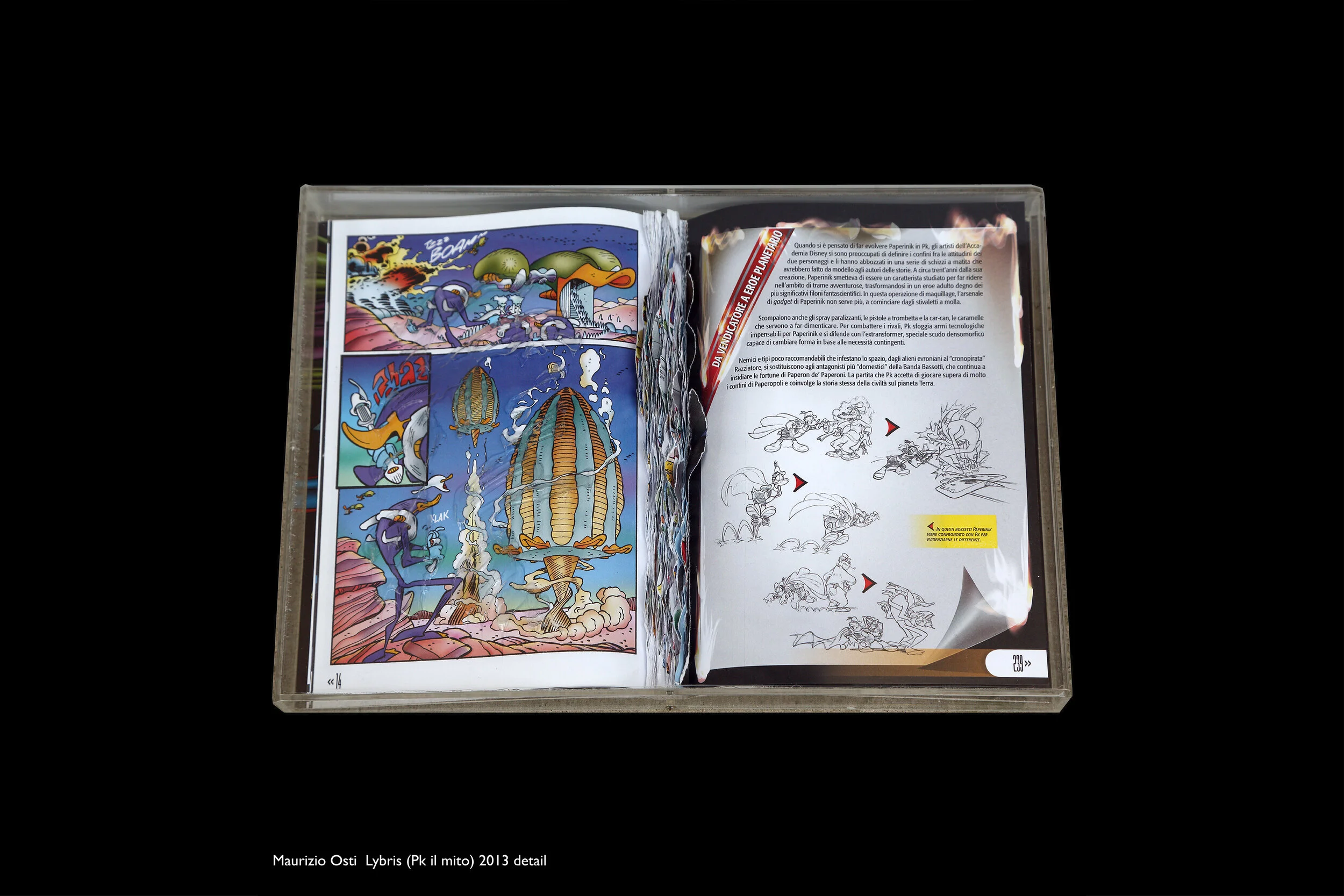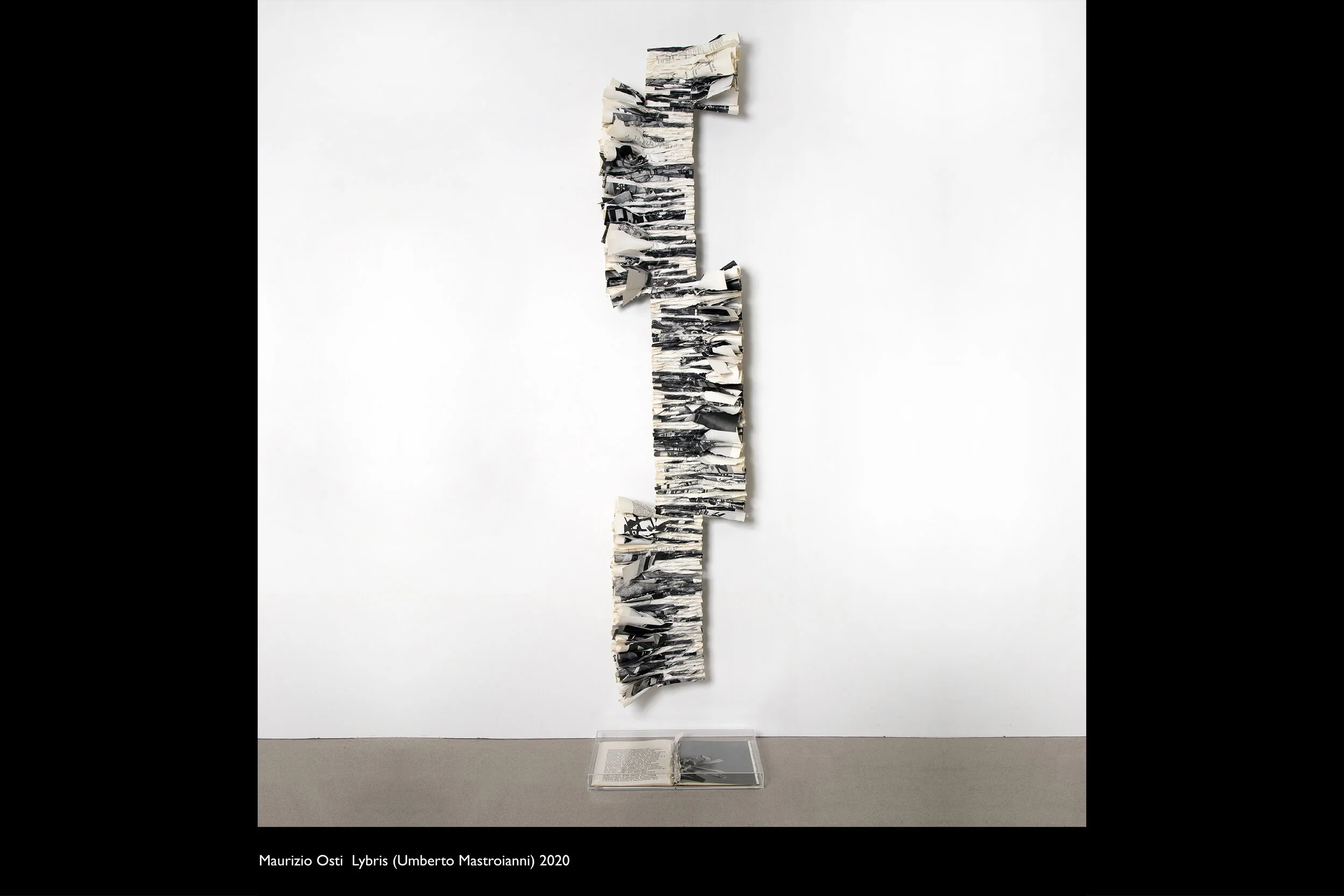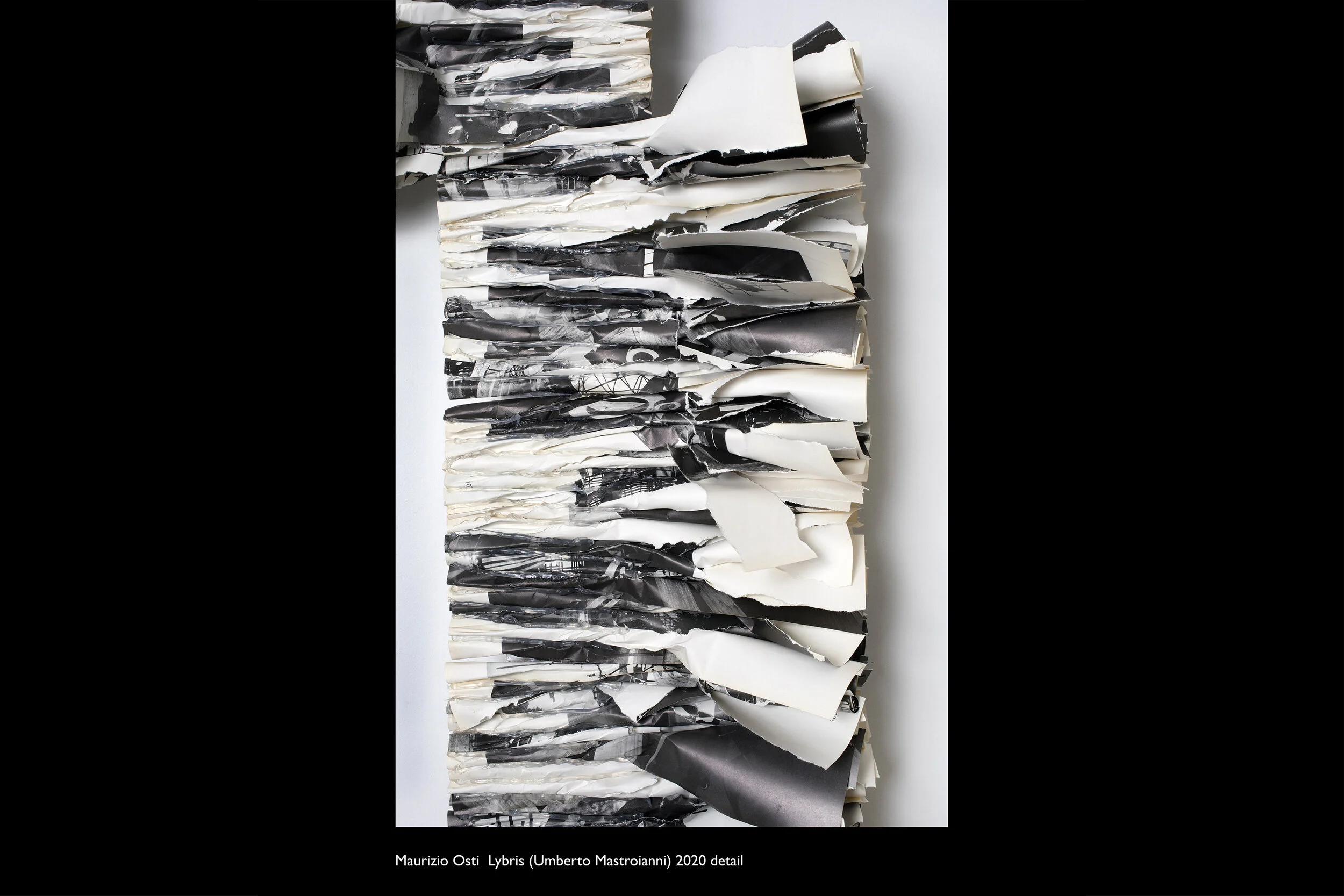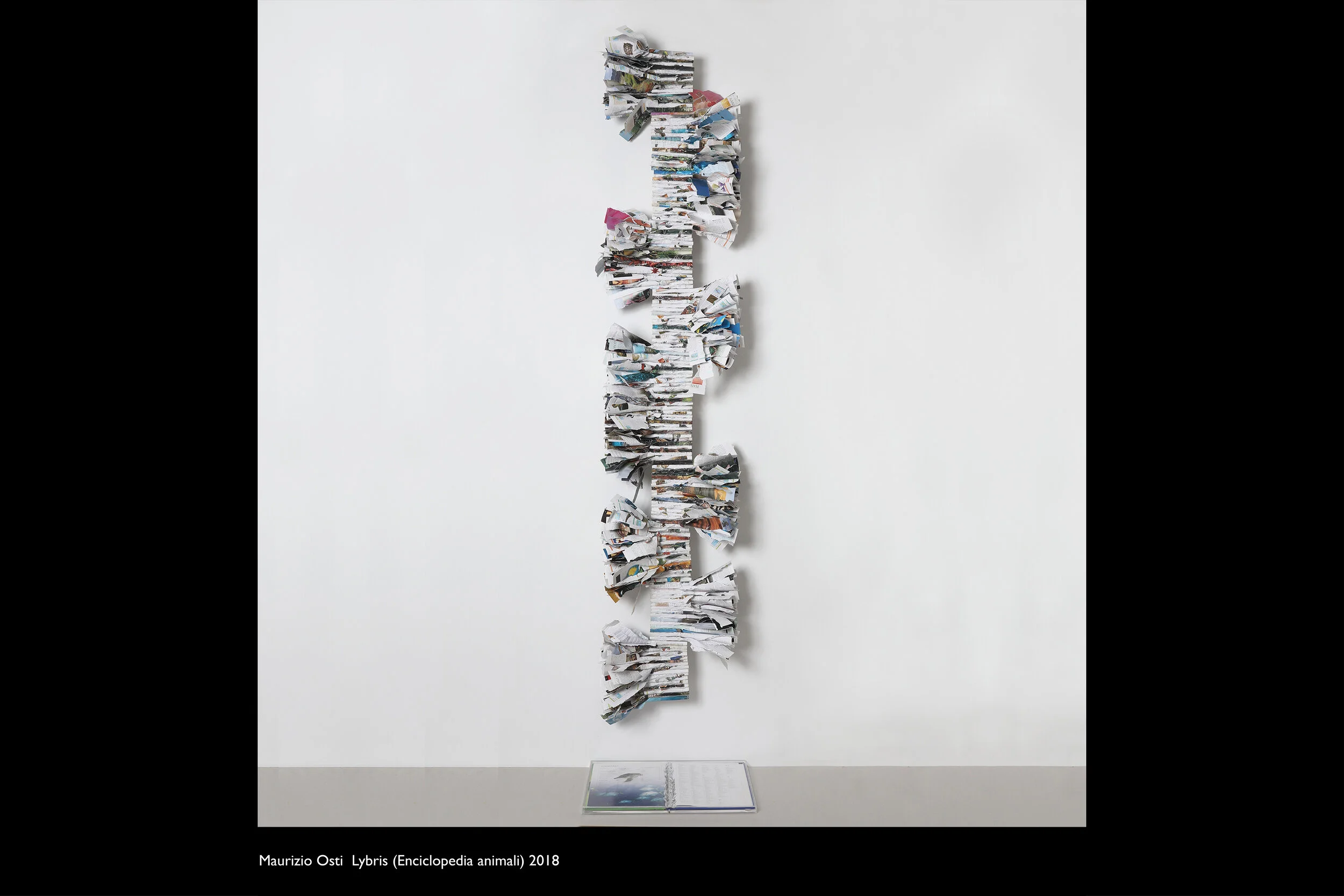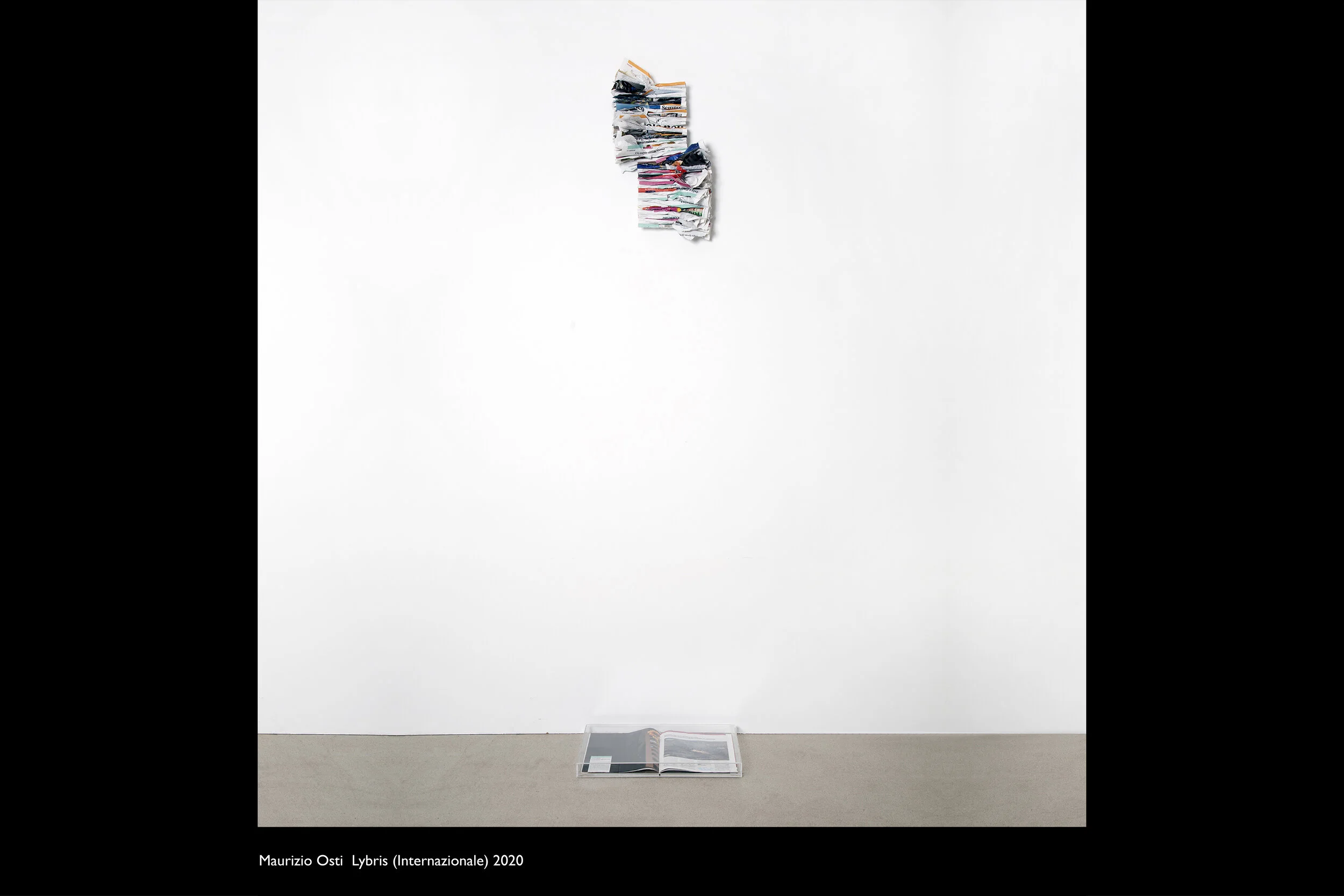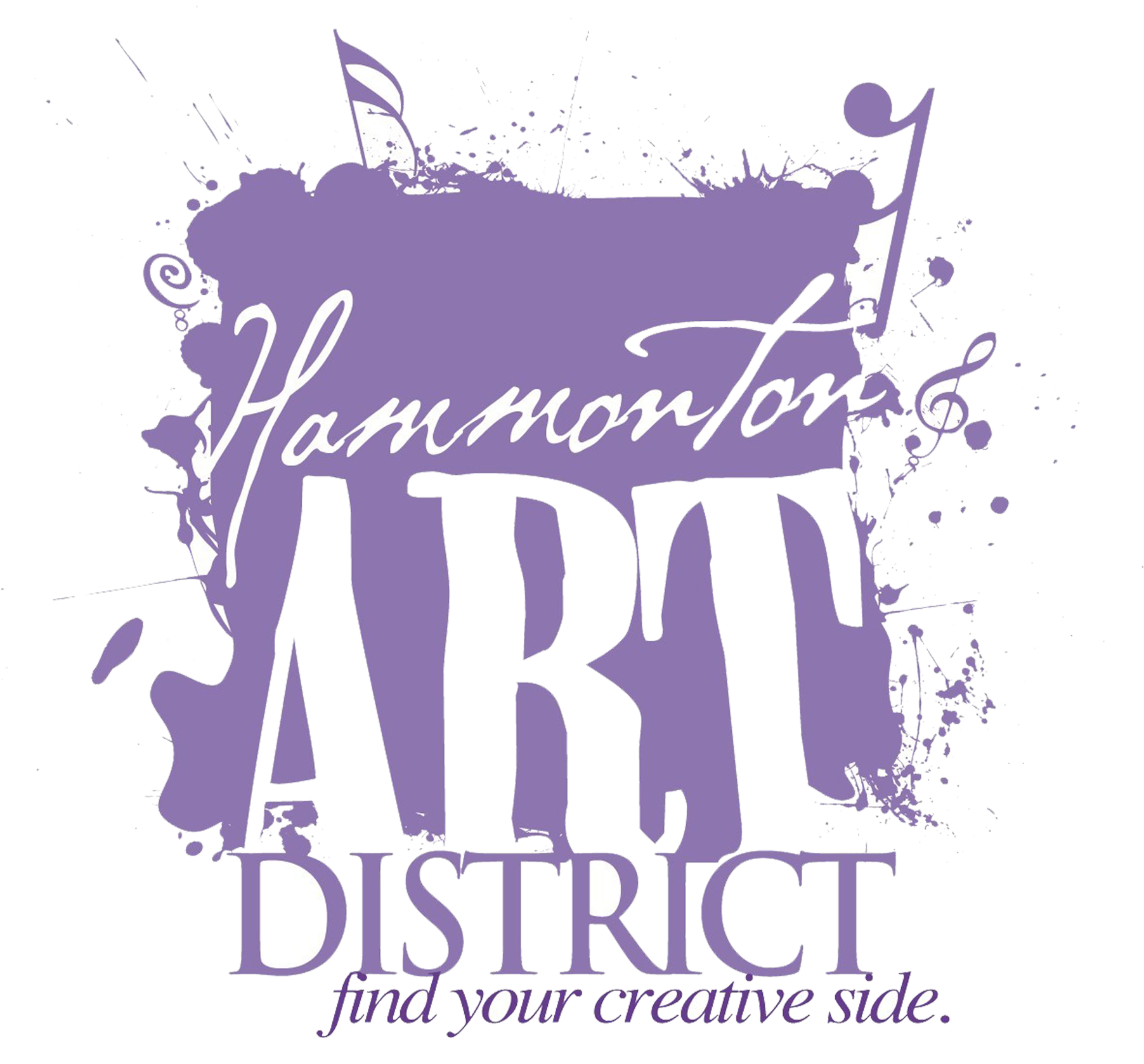Maurizio Osti
Bologna, Italy
Maurizio Osti was born in Sasso Marconi (Bologna, Italy) in 1944. He graduated in Industrial Design at the Aldini Valeriani Industrial Technical Institute, School of Arts and Trades and began teaching at the Academy of Fine Arts in Bologna in 1978. Osti’s academic commitments have been flanked by his freelance artwork and research dating back to 1964. His first personal exhibition was held in 1973.
Osti’s artistic development took place in an avant-garde Italian literary movement spanning Visual Poetry, New Writing, Conceptual Art and Minimal Art. In the late seventies he refined his linguistic tools investigating conceptual structures such as the transparency/opacity relationship (revisiting the traditional light/dark concept), from unity to disintegration, and the variability/immutability relationship. A musical analogy can be found in the work of minimalists such as Philip Glass and Steve Reich whose hypnotic repetitions find surprising echoes in Osti’s work. This period saw the artist working directly on installations and micro-performances with conceptual structures. Adopting the photographic medium, Osti came to devise his own original grammar in an attempt to capture and formalize some primary symbolic processes.
In the mid eighties and for a decade thereafter, Osti focused on archetypal structures, refining his analysis of myth as a metaphysical concept, and running against the grain with his reproposal of tradition as a form of magical-poetical knowledge. Rather than refuting drawing and painting, Osti elevated these techniques into a troubled enigma, a new icon. In 1994 Osti coined the term Icon of the West with his evocative invention of graphite and silicon drawing.
Osti’s 33 Miniatures highlight the philosophical and existential condition of aporia with reminiscent fragments of traditional codified language flanking the overwhelming violence of contemporary design. Viriditas marks the seminal moment of sacred creative energy while with Lybris Osti deconstructs books and re-presents them in a totemic structure using both vertical and horizontal planes.
Artist Statement
'Lybris' is a neologism that combines the material nature of the book as a place of knowledge with the evocation of "Hybris" intended as a 'theological' place for overcoming human limits. As Sol Lewitt would say, "The idea becomes a machine that creates art." I deconstruct forms and create others. I carry out a metamorphosis of objects available in everyday life. I make the object interact - a high-circulation editorial book - arranged on the horizontal plane while on the vertical plane there is the torn and crumpled pages in a new linguistic and symbolic perspective to be deciphered. I transform the serial object into a single work in the form of a totemic structure. Books are the 'Totems' of not only Western society. The rolled pages in the vertical structure are similar to a cantillation of an archetypal model that is continuously varied. An enchanting repetition similar to minimalist pieces of music where the number of pages arranged on the vertical plane correspond to the variations of the musical motif.






